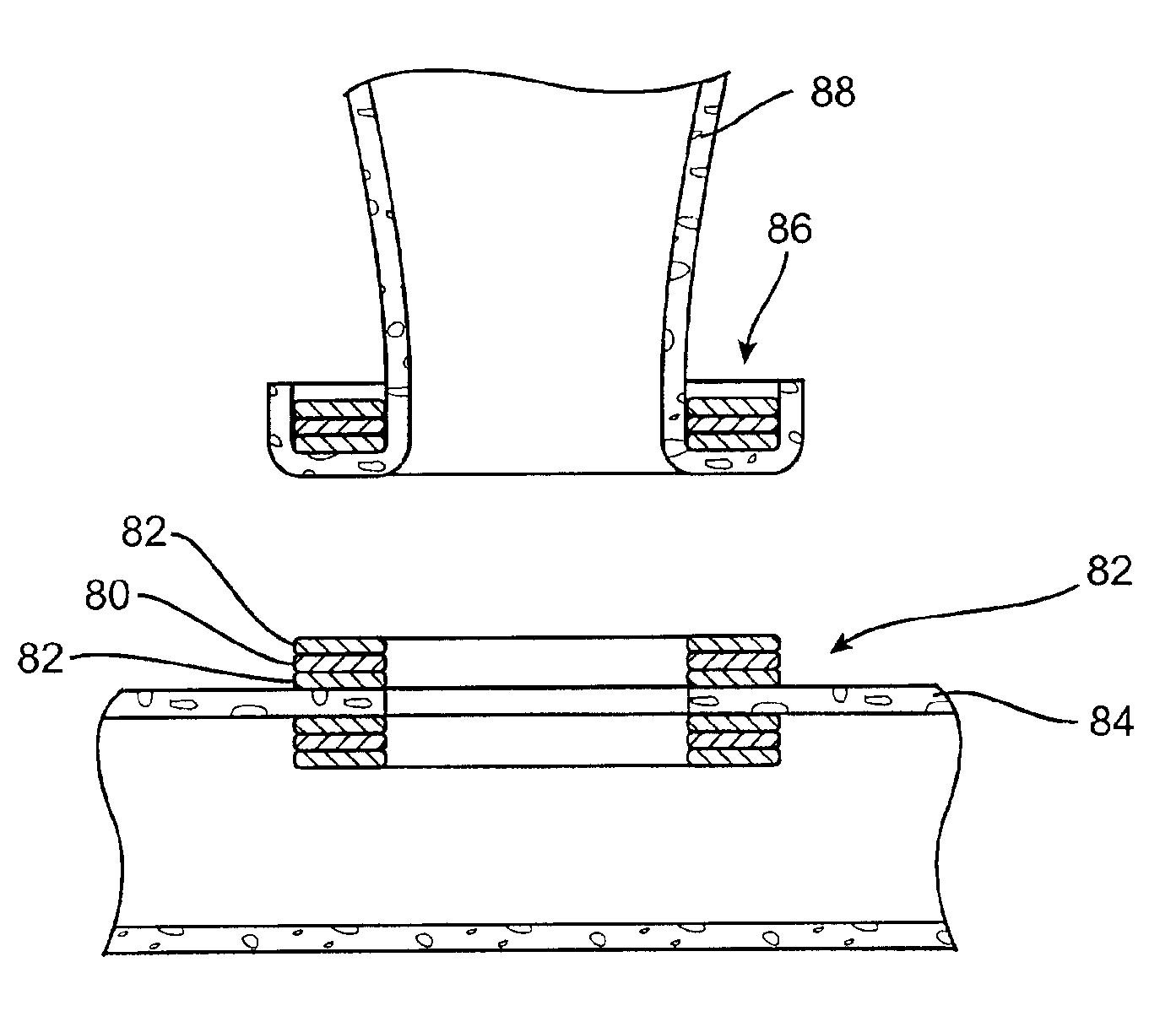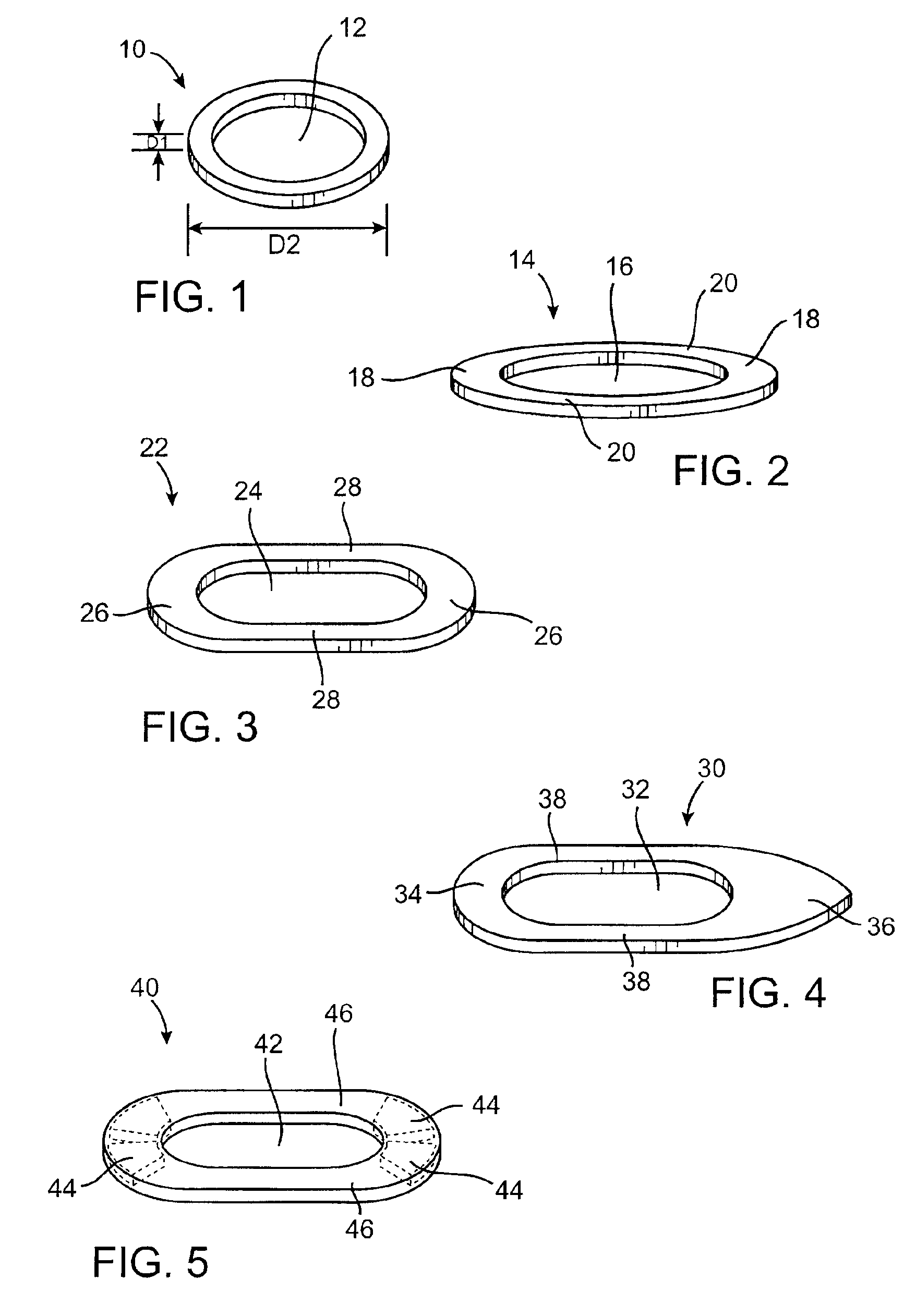Methods and devices using magnetic force to form an anastomosis between hollow bodies
a technology of hollow body and magnetic force, which is applied in the direction of prosthesis, surgical staples, blood vessels, etc., can solve the problems of high technical and time-consuming procedure of creating handsewn anastomosis, heart disease remains the leading cause of death, and manipulating the aorta puts patients at risk, so as to facilitate the anastomosis
- Summary
- Abstract
- Description
- Claims
- Application Information
AI Technical Summary
Benefits of technology
Problems solved by technology
Method used
Image
Examples
Embodiment Construction
[0052]The present invention relates to methods and devices for forming an anastomosis between first and second (or additional) hollow bodies located in a patient's body, for example, a connection between a graft vessel and coronary or peripheral blood vessels, viscera, reproductive ducts, etc. The anastomosis places the hollow bodies, more specifically the lumens of the hollow bodies, in communication. In the case of blood-carrying bodies (or other hollow bodies that carry fluid) the anastomosis places the bodies in fluid communication. The hollow bodies being joined may comprise native or autologous vessels, vessels formed of synthetic material such as ePTFE, DACRON®, etc.
[0053]FIGS. 1-5 illustrate several exemplary embodiments of anastomotic securing components constructed according to the invention for use in forming an anastomosis between first and second hollow bodies. FIG. 1 shows a securing component 10 with an annular body and an opening 12 defined by the body. The component...
PUM
| Property | Measurement | Unit |
|---|---|---|
| diameter | aaaaa | aaaaa |
| thick | aaaaa | aaaaa |
| thick | aaaaa | aaaaa |
Abstract
Description
Claims
Application Information
 Login to View More
Login to View More - R&D
- Intellectual Property
- Life Sciences
- Materials
- Tech Scout
- Unparalleled Data Quality
- Higher Quality Content
- 60% Fewer Hallucinations
Browse by: Latest US Patents, China's latest patents, Technical Efficacy Thesaurus, Application Domain, Technology Topic, Popular Technical Reports.
© 2025 PatSnap. All rights reserved.Legal|Privacy policy|Modern Slavery Act Transparency Statement|Sitemap|About US| Contact US: help@patsnap.com



